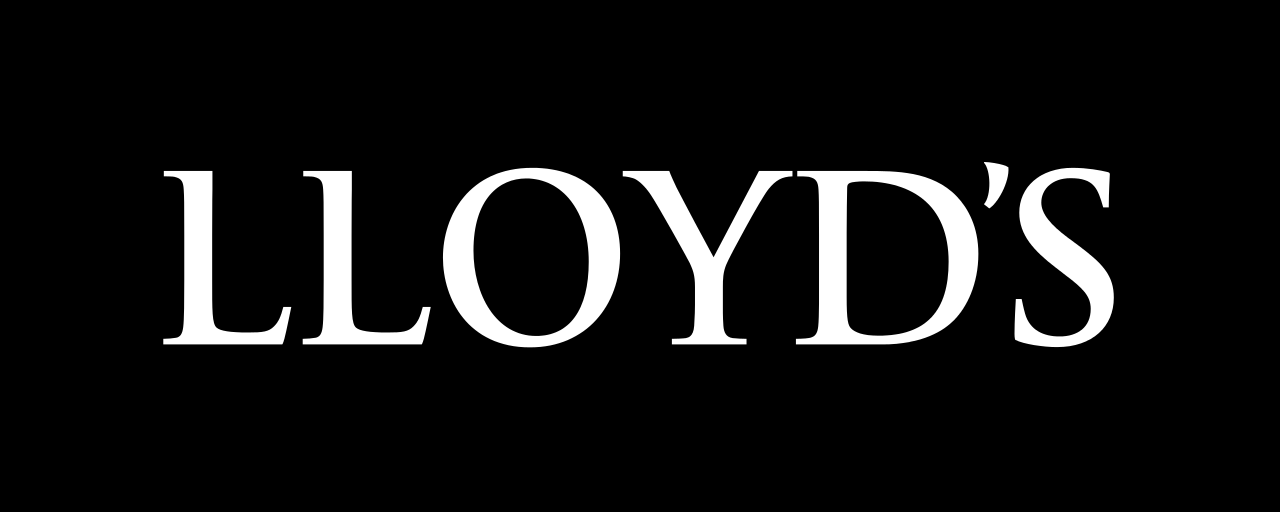The Lloyd’s of London insurance and reinsurance marketplace has decided to rationalise and narrow the focus of the Future at Lloyd’s strategy as it adjusts to the impacts of the global COVID-19 pandemic.
 Speaking during the Lloyd’s 2019 annual results call, executives at the world’s oldest insurance market noted the broad impacts of a virus continuing to spread in many parts of the world.
Speaking during the Lloyd’s 2019 annual results call, executives at the world’s oldest insurance market noted the broad impacts of a virus continuing to spread in many parts of the world.
On Friday March 13th, Lloyd’s closed the underwriting room at 1 Lime Street in London and invoked its Emergency Trading Protocol for 24 hours in order to test market resilience in light of the pandemic.
Since then, stricter measures have been implemented by the UK government around movement and social distancing, leading to the official closing of the underwriting room at Lloyd’s as workers go remote in an effort to mitigate the spread of the disease.
Currently, Lloyd’s is in the processes of broad and deep change as its looks to modernise and become the most advanced insurance marketplace in the world through its Future at Lloyd’s strategy and Blueprint One phase.
Originally, the focus of 2020 for Lloyd’s was sixfold. However, the spreading coronavirus has caused the specialist re/insurance marketplace to narrow its focus in Q2 and concentrate on the areas that will make the most difference in both 2020 and 2021.
Speaking during the call, Lloyd’s Chief Executive Officer (CEO), John Neal, explained that the rationalisation of the Future of Lloyd’s strategy would see the market focus on the next phase of PPL, coverholder work, and claims work, while underlying framework for technology is also being put in place.
Clearly, with everyone working from home certain aspects of the Lloyd’s modernisation strategy are simply unable to be addressed, at least in the way Lloyd’s would want, including work with middle and back office and also culture and people.
After closing the underwriting room from 4pm on March 19th, so far, emergency trading is going well explained management, with all of the anecdotal feedback and all of the data suggesting that trading is continuing fairly much as normal.
Historically a face-to-face market, Lloyd’s has been pushing to digitise more of its operations in recent times and this includes the use of Placing Platform Limited (PPL), the digital risk transfer platform deployed across the London market.
The latest data from the London Market Group (LMG) shows that PPL adoption continued to increase through the final quarter of last year, and with increased digitisation being forced by the COVID-19 outbreak, Lloyd’s has decided to push forward with the next phase of PPL.
The marketplace will also continue to work on its coverholder solution, which is central to the Lloyd’s risk exchange, designed to support Lloyd’s risk-based approach to market oversight. Improvements to the claims process is another area of the Future at Lloyd’s strategy the marketplace will focus on in Q2. Plans here include an update to the Lloyd’s Claims Scheme, as well as automated settlement and a new catastrophe management framework.
Ultimately, and as explained by Neal, the short-term impact to the Future at Lloyd’s strategy from the coronavirus, underpinned by people working remotely, is that it’s simply more difficult to activate change as quickly as the market would want. In the short-term, Lloyd’s has tried to rationalise and narrow the strategy in Q2 to focus on areas that make the most difference to the market, explained Neal.
Lloyd’s of London announced its full year 2019 results yesterday, revealing another year of unprofitable underwriting while a strong investment performance resulted in an overall profit for the year, against a loss in 2018.
At the same time, Lloyd’s revealed that its solvency ratio has taken a hit from the end of 2019 to March 19th, 2020 as a result of the coronavirus outbreak, but management stressed during the call that it remains in a good position.


